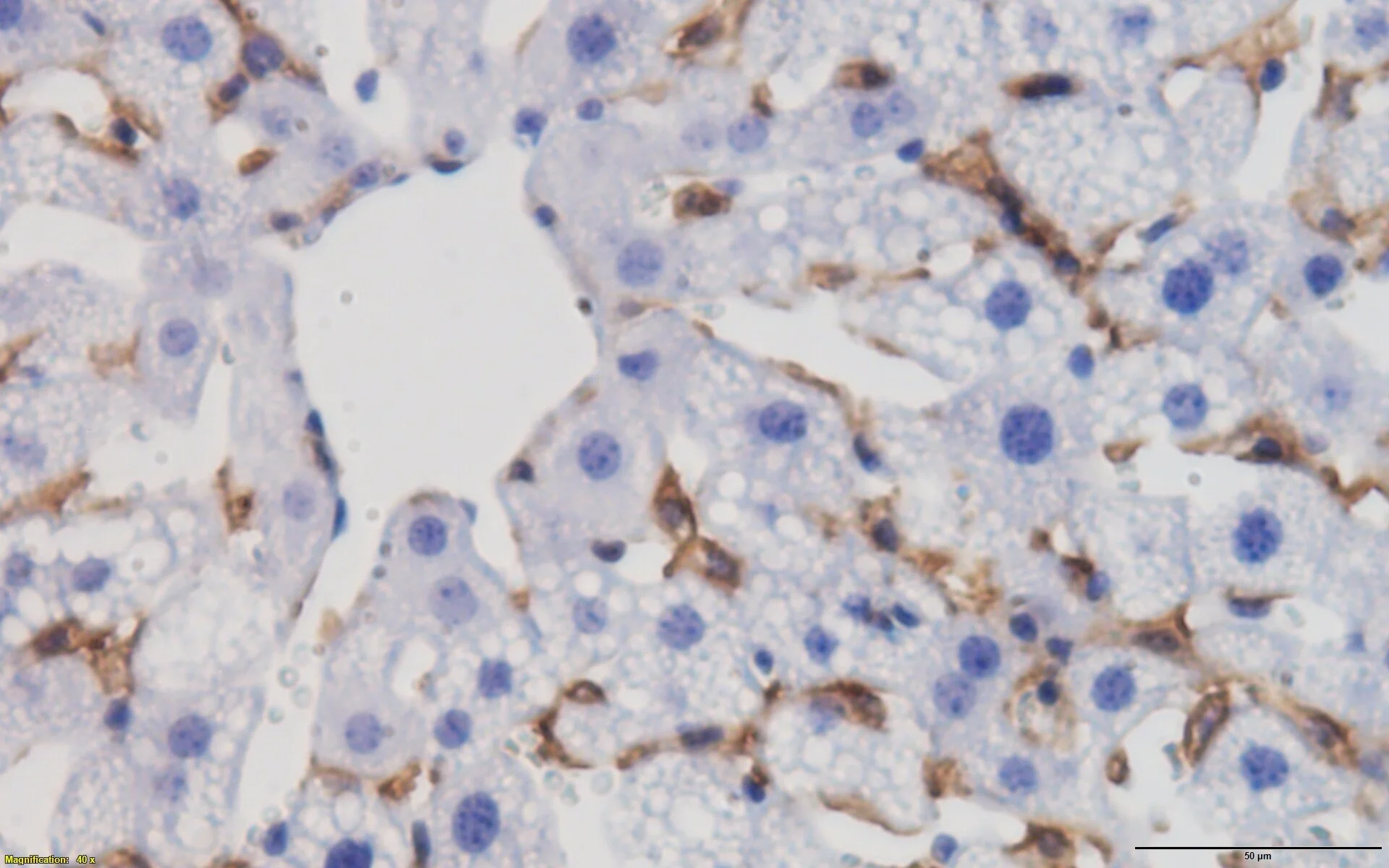Novel Modulators of de novo Lipogenesis, Liver Inflammation, and Fibrosis
We identified a novel mechanism of increased de novo lipogenesis (DNL) in obese liver, by Notch regulation of mTORC1 complex stability (Pajvani et al, Nature Medicine, 2013). Follow-up studies revealed mTORC1 regulation of mitophagy after oxidative phosphorylation uncoupling (Bartolome et al, Molecular Cell Biology, 2017) as well as the novel role of Notch-regulated, mTORC1-independent (“free”) Raptor to increase levels of the Akt phosphatase, PHLPP2, terminating post-prandial insulin action to prevent unnecessary hepatic DNL (Kim et al, Nature Communications, 2016; Kim and Pajvani, Cell Cycle, 2016). In obese mice, however, levels of the adaptor protein KCTD17 increase, leading to PHLPP2 degradation and fatty liver (Kim et al, Gastroenterology, 2017). These data identify a novel, therapeutically tractable Raptor-KCTD17-PHLPP2 axis to regulate DNL – our patent applications in this area focus on novel KCTD17 inhibitors to ameliorate obesity-induced liver disease.
Kim K, Hayden M, Qiang L, Sparling D, Purcell N, Pajvani UB. mTORC1-independent Raptor prevents hepatic steatosis by stabilizing PHLPP2. Nature Communications, 2016. DOI: 10.1038/ncomms10255 | PubMed
Kim K, Pajvani UB. “Free” Raptor - a novel regulator of metabolism. Cell Cycle, 2016. DOI: 10.1080/15384101.2016.1159835 | PubMed
Bartolome A, Garcia-Aguilar A, Ashara S-I, Kido Y, Guillen C, Pajvani UB, Benito M. MTORC1 regulates both general autophagy and mitophagy induction after oxidative phosphorylation uncoupling. Molecular Cell Biology, 2017. DOI: 10.1128/MCB.00441-17 | PubMed
Kim K, Ryu D, Dongiovanni P, Ozcan L, Nayak S, Ueberheide B, Valenti L, Auwerx J, Pajvani UB. Degradation of PHLPP2 by KCTD17, via a Glucagon-dependent pathway, promotes hepatic steatosis. Gastroenterology, 2017. DOI: 10.1053/j.gastro.2017.08.039 | PubMed

